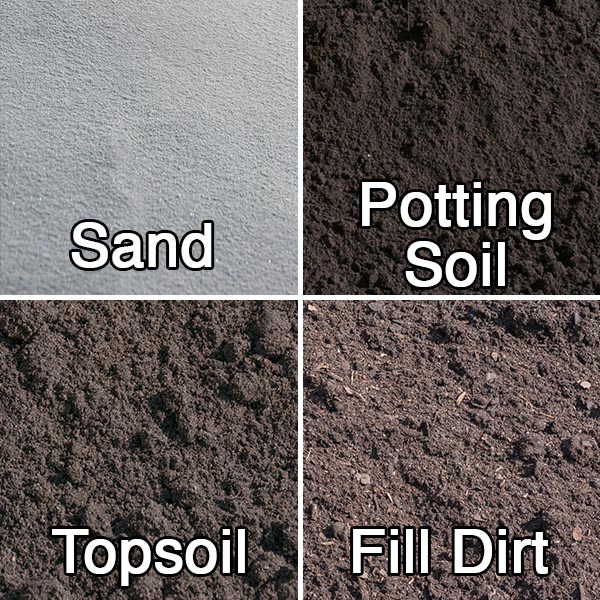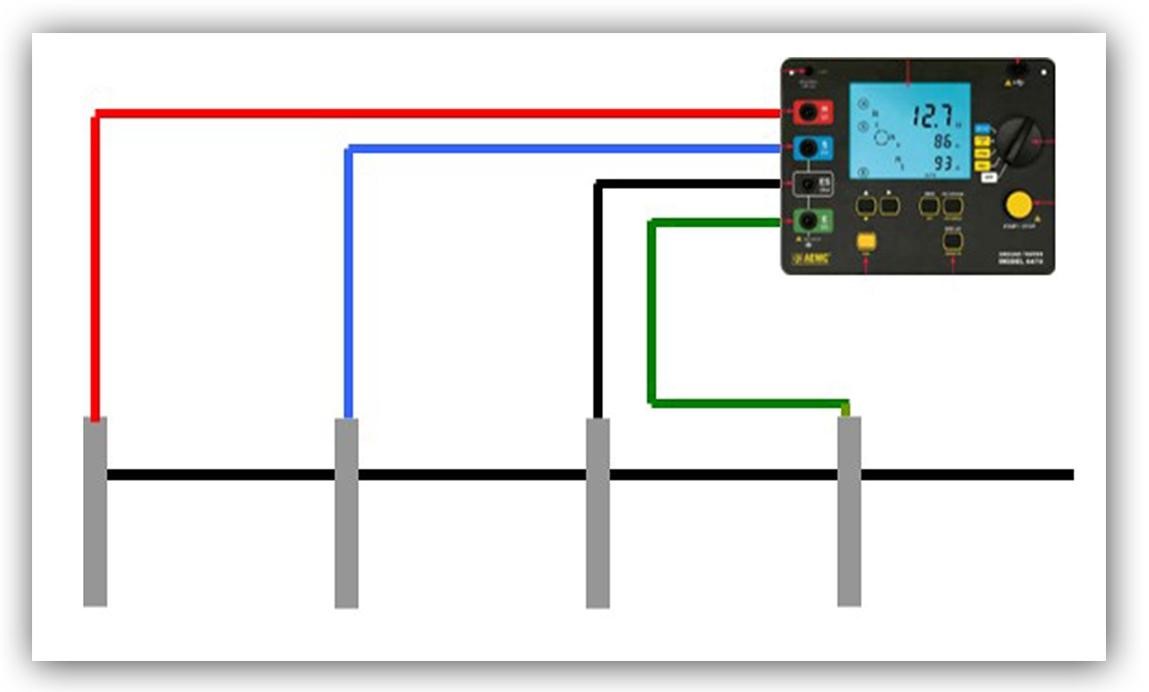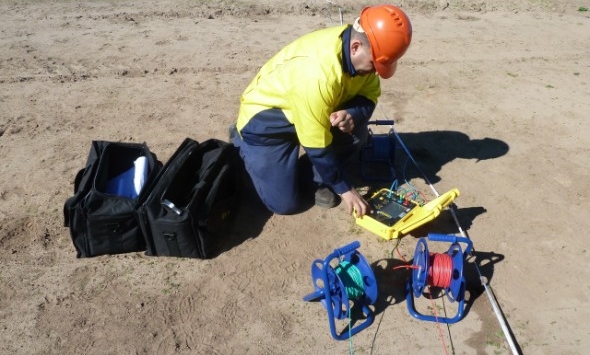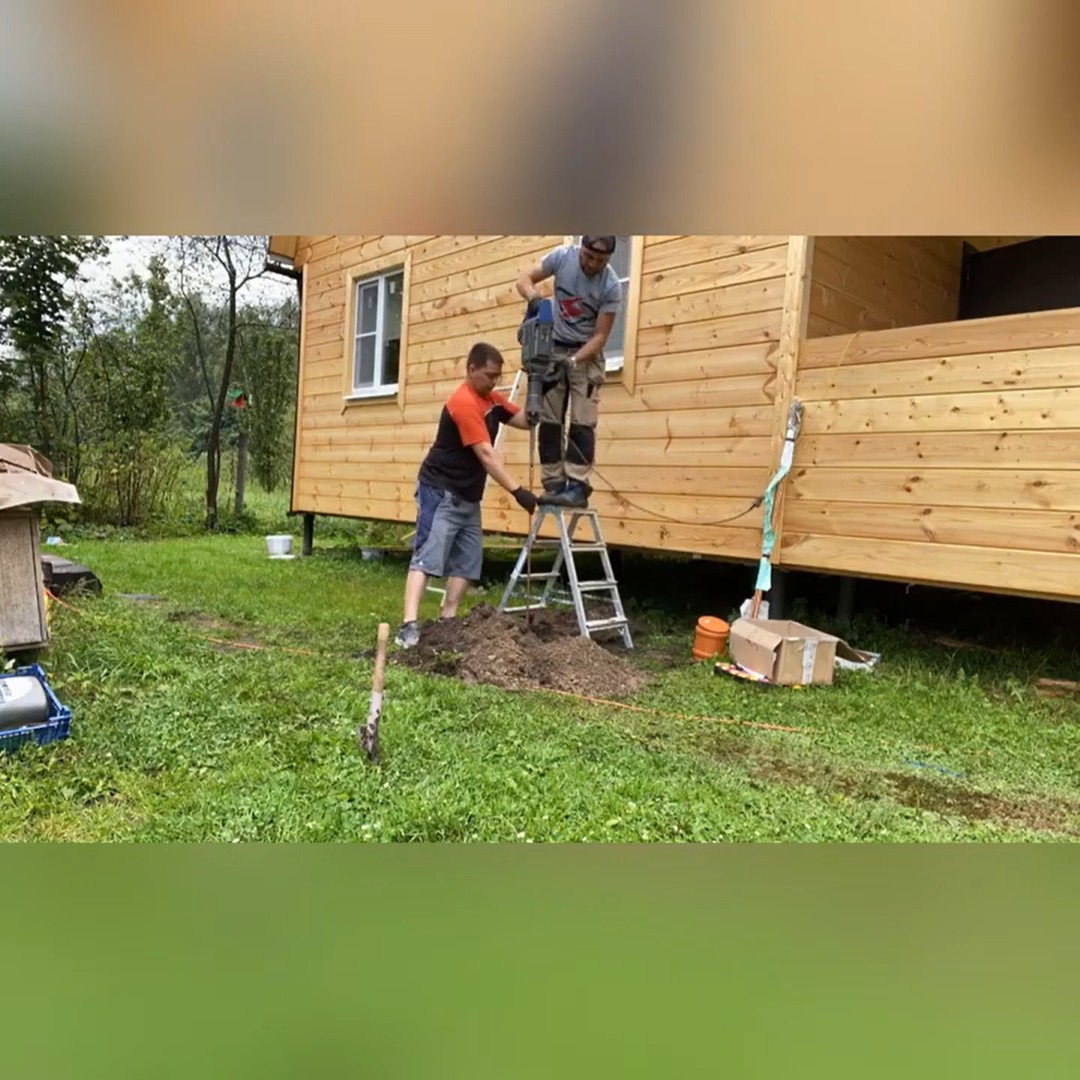The subject of this short article is one of the most common questions of our colleagues. Most likely, the reason is the difference between the actual soil resistivity and the one used for calculations. The solution may be as follows:
1. Refer to effective regulatory documents
The EIC, items 1.7.101 and 1.7.103 contains the condition allowing to increase the rated resistance of the grounding arrangement by 0.01ρ times with soil resisitivity more than 100 Ohm m, but not more than 10-fold.
Thus, the rated resistance of the grounding arrangement increases proportionally if the soil resistivity exceeds the estimated one by within 100 to 1,000 Ohm m.
2. Connection of natural grounding electrodes
If, for some reason, item 1 cannot be applied, you can increase the total area of grounding electrodes. All natural grounding electrodes must be connected to the grounding arrangement, and they can represented by reinforced concrete foundations or piles. Moreover, you can increase the length of vertical grounding arrangements or their quantity.
3. Increase the number of artificial grounding electrodes
Further step is to install and connect additional grounding electrodes to the made grounding system. Copper-plated modular grounding is a perfect solution if the soils in the construction area are neither rocky nor permafrost. Otherwise, we recommend using electrolytic grounding.
4. Reduction in total soil resistance using a special mix
Also, one of the methods when the area available for installation of the grounding arrangement is limited, is the use of soil replacement made of a mix of graphite dust with minerals, which allows to make local soil replacement with a highly conductive material, due to which you can obtain a lower grounding arrangement resistance.
Related Articles:







